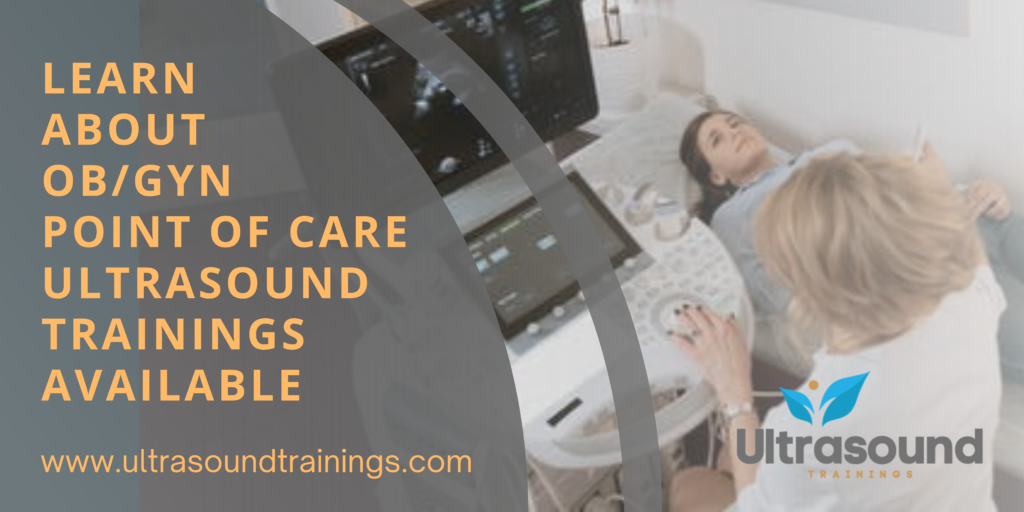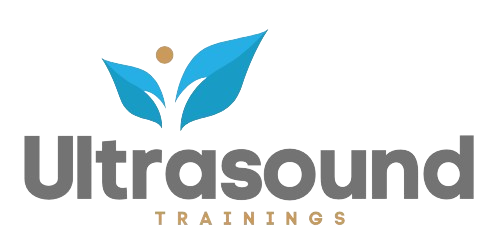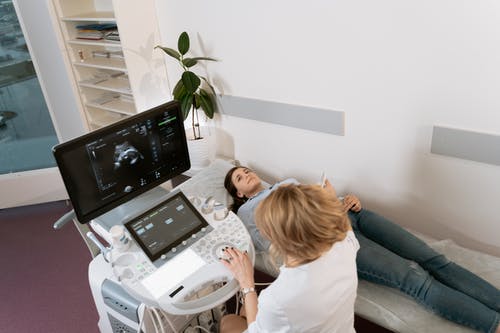Online Ultrasound Training Resources
In the digital age, access to high-quality educational resources has transformed the landscape of ultrasound training, offering learners unprecedented opportunities for self-directed learning and professional development. Online ultrasound training resources provide a wealth of educational content, from interactive courses to multimedia tutorials, accessible anytime, anywhere.
Interactive Online Courses:
-
- Explore reputable online platforms offering interactive ultrasound courses led by expert instructors.
-
- Platforms such as Udemy, Coursera, and edX offer a diverse range of courses covering ultrasound fundamentals, specialty applications, and advanced techniques.
-
- Interactive features, such as video lectures, quizzes, case studies, and virtual labs, enhance engagement and facilitate active learning.
Web-Based Learning Modules:
-
- Access web-based learning modules and tutorials developed by leading ultrasound institutions and organizations.
-
- Institutions like the American Institute of Ultrasound in Medicine (AIUM) and the Society of Diagnostic Medical Sonography (SDMS) provide online learning resources covering a wide range of ultrasound topics, from basic principles to advanced applications.
-
- Web-based modules often include multimedia content, interactive simulations, and self-assessment tools to reinforce learning objectives.
Educational Websites and Portals:
-
- Explore educational websites and portals dedicated to ultrasound education and training.
-
- Websites like Sonoworld.com, Radiopaedia.org, and the AIUM Learning Hub offer a wealth of educational resources, including articles, case studies, image galleries, and video tutorials.
-
- These resources cover diverse ultrasound specialties and provide valuable insights into anatomy, pathology, scanning techniques, and interpretation.
Virtual Conferences and Webinars:
-
- Attend virtual conferences and webinars hosted by ultrasound societies, associations, and professional organizations.
-
- Events such as the AIUM Annual Convention, SDMS Annual Conference, and WFUMB World Congress offer online access to live presentations, panel discussions, and educational sessions led by renowned experts.
-
- Virtual conferences provide opportunities for networking, knowledge sharing, and staying updated on the latest advancements in ultrasound technology and practice.
Online Textbooks and Reference Materials:
-
- Access digital textbooks and reference materials covering ultrasound principles, instrumentation, and clinical applications.
-
- Textbooks such as “Diagnostic Ultrasound: Principles and Instruments” by Frederick W. Kremkau and “Ultrasound in Obstetrics and Gynecology” by Peter W. Callen are available in digital formats for convenient online access.
-
- Online libraries and repositories offer a vast collection of ultrasound literature, guidelines, protocols, and research articles for further reading and reference.
Social Media and Online Communities:
-
- Join ultrasound-focused social media groups, forums, and online communities to connect with peers, share insights, and access informal learning resources.
-
- Platforms like LinkedIn, Facebook, and Twitter host professional groups dedicated to ultrasound education and practice, where members can participate in discussions, ask questions, and exchange knowledge.
-
- Online communities foster collaboration, mentorship, and camaraderie among ultrasound learners and practitioners worldwide.
Conclusion:
From interactive courses to virtual conferences, online ultrasound training resources offer a myriad of opportunities for learners to expand their knowledge, enhance their skills, and stay updated on the latest advancements in diagnostic imaging. By leveraging these resources effectively, ultrasound learners can embark on a transformative educational journey, empowering themselves to excel in the dynamic field of ultrasound practice.



